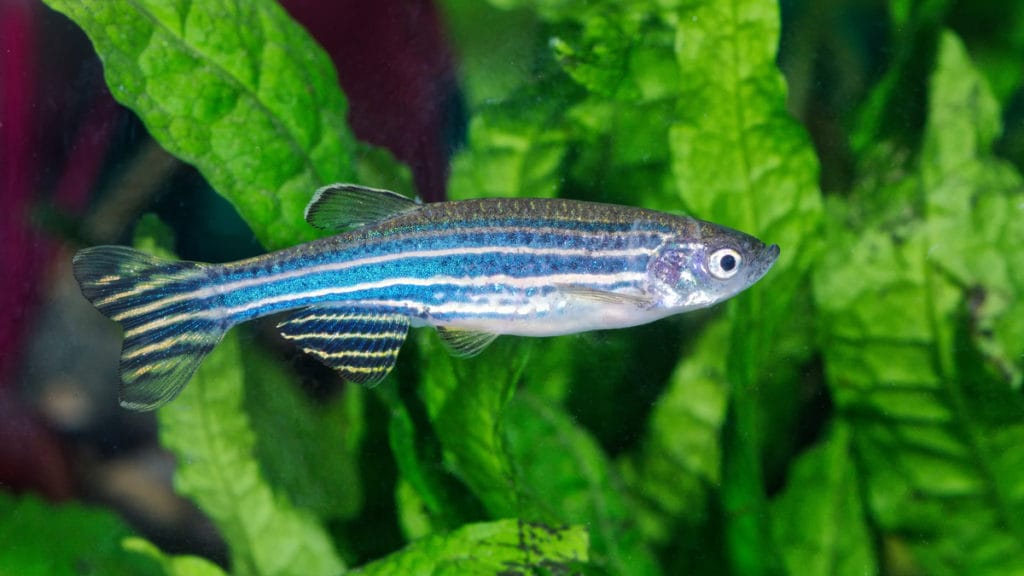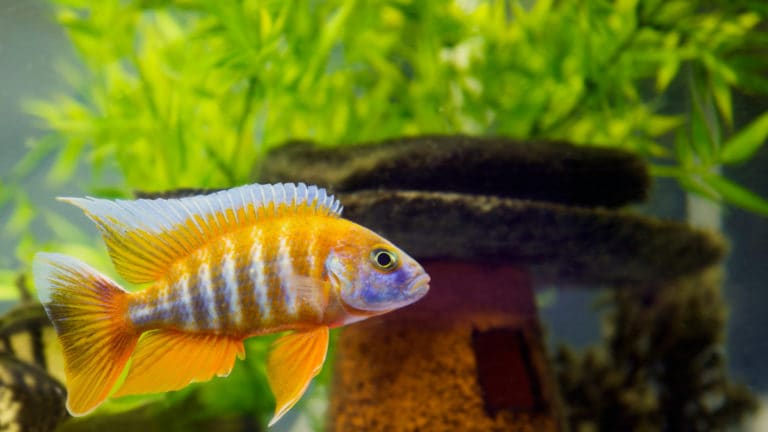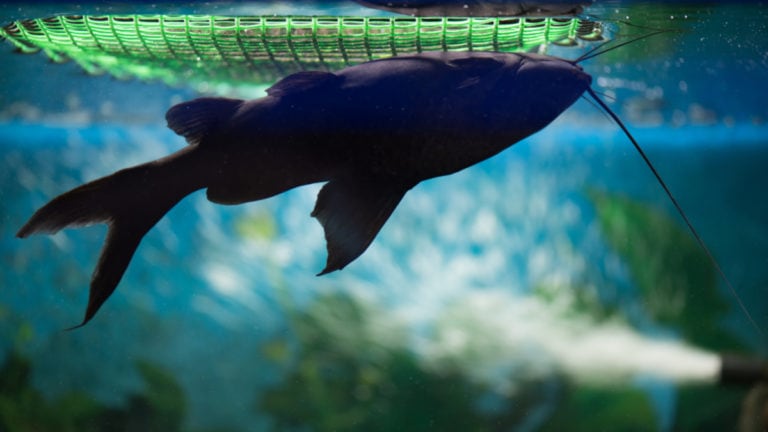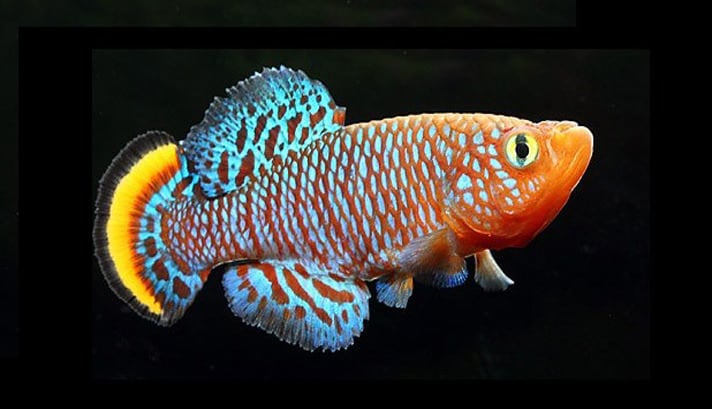Q.
I have three zebra danios in my 20-gallon aquarium. One has a rather round belly. We assume that it must be a “she” and that “she” is pregnant. I tried to find some information online about this fish but have not found enough detail. The pet store told us to separate it from the others, and we have, but after some more reading, I’m thinking I should have the male and female together until the eggs are laid. This fish has been fat for some time, and someone told my husband they can be pregnant for a lengthy time. Is this true or not? Thanks!
—Bernice Monk
A.
You might be disappointed to find out that zebra danios can’t become pregnant – they are not livebearers. But you’ll be happy to hear that zebra danios are very easy to breed. They’re probably breeding in your aquarium right now, although you won’t know it because the tiny eggs and fry are eaten by the fish and sucked up by the fish tank filters. You also need to keep the males and females together to have success – although some hobbyists separate them for a time to condition them for breeding.
Zebra danios (Danio rerio, formerly Brachydanio rerio) scatter nonadhesive eggs amid plant leaves and substrate. The breeders quickly revert to eating the eggs, however, so a hobbyist who wants success breeding these fish needs to take precautions to protect the eggs. A popular method of breeding zebras is to take a bare fish aquarium of 5 or 10 gallons, and put a 2-inch-deep layer of marbles on the bottom. Fill with water to only 1 inch over the marbles. This gives the parents a shallow layer of water for swimming, and the eggs easily fall between the marbles, out of reach of hungry adults. After spawning, remove the adults.
But have you checked the price of marbles lately? Yikes! A 2-inch layer is far from cheap! Another method I actually like better is to hang a breeder net in a small empty aquarium (a breeder net is a net basket sold in aquarium stores). Get one with a coarse mesh so that the eggs can fall through – fine mesh will not work.
Fill the aquarium with fresh water (new water stimulates fish to breed) until only the bottom inch of the net breeder is underwater. Install a heater, and set the temperature to around 78 to 82 degrees Fahrenheit. You cannot use a regular filter system, because it will pick up the eggs and fry. An air stone attached to an air pump will work for now. Don’t forget to dechlorinate your tap water with a proper water conditioner.
Now, you’re set to introduce the breeding stock. Two males for each female are best. Males are slimmer than females, and their colors are often slightly deeper. Place the fish into the breeder net. When the fish spawn, the eggs will fall through the net and land on the aquarium bottom. (This is another advantage over marbles – you can actually see whether you’ve got eggs.)
Normally, the fish will spawn the following morning. Remove the adults and the breeder net afterward. The eggs hatch in one and a half to two days, but the fry won’t become free-swimming for another couple of days after that (these times vary a bit with temperature).
Do not feed the fry until they’re all up and swimming – you’ll just pollute the aquarium. Zebra danio fry are very tiny and transparent. You’ll have to look very hard to see them at first. This also presents a slight problem in that they are too small to accept baby brine shrimp as a first food. Look for the small containers of powdered egglayer fish foods sold at aquarium stores. Feed lightly several times per day, and change 10 percent of the water daily for maximum growth.
Posted by: Chewy Editorial
Share:









